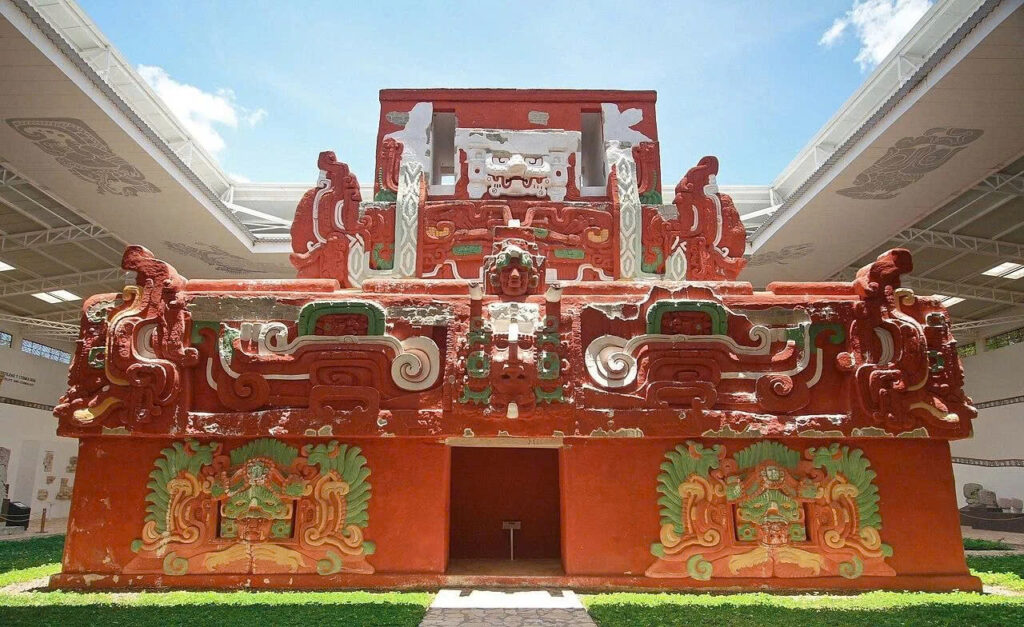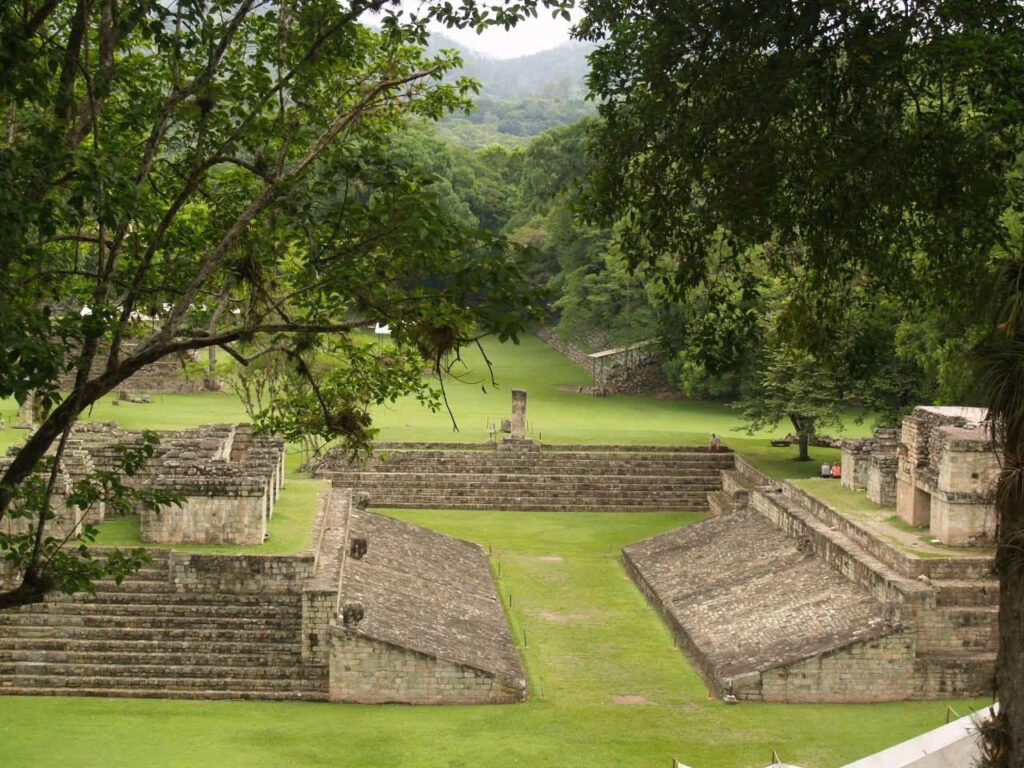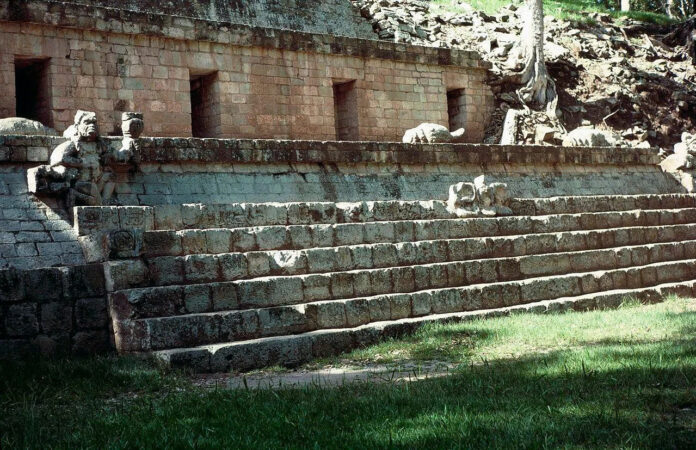Recent groundbreaking genetic research has fundamentally changed our understanding of what happened to the Classic Maya civilization, demonstrating that their so-called “collapse” was actually a remarkable story of survival and adaptation rather than disappearance.
A Revolutionary Discovery in Ancient Genetics
On May 28, a pivotal study published in Current Biology has challenged long-held assumptions about Maya history. Led by Dr. Shigeki Nakagome from Trinity College Dublin’s genomic medicine department, this research examined the genetic material of seven individuals found near the historic city of Copán in western Honduras.
The ancient city of Copán, once a thriving political and cultural hub on the southeastern edge of the Classic Maya world, flourished for centuries before entering a period of decline around 750 CE. The researchers extracted DNA from individuals representing various social levels, including what appears to be a dynastic leader and a likely sacrificial offering, then compared these genetic profiles with both ancient and modern populations throughout the Americas.
Unbroken Threads Through Time
Genetic Continuity Across Millennia

The study’s most significant revelation is the clear genetic connection spanning from the Late Archaic period (approximately 3700-1000 BCE) to present-day Maya communities. Even during the turbulent centuries between 900-1100 CE, when political systems crumbled and environmental challenges mounted, the Maya people endured.
“Rather than complete extinction, we observed population reduction followed by societal transformation,” explained Dr. Nakagome. This transformation involved shifts in governance structures, population movements, and cultural adaptation—hallmarks of resilience rather than collapse.
A Cosmopolitan Ancient Society
The genetic evidence reveals fascinating insights into Classic period Copán (250-900 CE). The population included individuals with highland Mexican ancestry, likely originating from other Maya centers such as Chichén Itzá. These migrants apparently held influential positions within Copán’s ruling class.
Historical records indicate that K’inich Yax K’uk’ Mo’, who established Copán’s royal dynasty in 426/427 CE, was himself an outsider. The genomic analysis supports this, demonstrating how political marriages and alliances facilitated the integration of newcomers with local populations.
Complex Social Dynamics Revealed
Beyond Bloodlines: Merit and Ceremony
One of the study’s most intriguing discoveries involved two men sharing the same Y-chromosome lineage but lacking close family ties. While one received an elaborate burial befitting nobility, the other appeared to have been ritually sacrificed. This finding illuminates the sophisticated nature of Maya social organization, where ceremonial importance wasn’t automatically inherited through family connections.
Population Dynamics and Agricultural Innovation

Using advanced genetic modeling techniques, researchers estimated Copán’s population at approximately 19,000 people during its zenith around 730 CE. This growth was likely supported by revolutionary developments in corn cultivation that enhanced food security.
However, this prosperity proved temporary. By 750 CE, the population had declined significantly, aligning with archaeological evidence of political upheaval, extended drought periods, and resource scarcity that characterized the broader transformation of Classic Maya civilization.
Video
Redefining Historical Narratives
From Mystery to Transformation

Earlier scholarly interpretations often portrayed the Maya “collapse” as an enigmatic vanishing act. Dr. Nakagome’s team argues for a completely different perspective: a comprehensive societal reorganization rather than disappearance.
“The genetic continuity we documented strongly suggests that existing populations persisted and adapted rather than being replaced by entirely different groups,” the research team emphasized.
Implications for Modern Understanding
New Tools for Ancient Stories
This research not only validates decades of archaeological findings but also introduces cutting-edge genomic methodologies to the study of past civilizations. By analyzing ancient DNA, scientists can now uncover detailed narratives of adaptation, movement, and cultural identity that extend far beyond the rise and fall of monumental cities and royal dynasties.
The Maya story, as revealed through this genetic lens, becomes one of human resilience and adaptability in the face of enormous challenges—a testament to the enduring strength of indigenous communities throughout the Americas.

